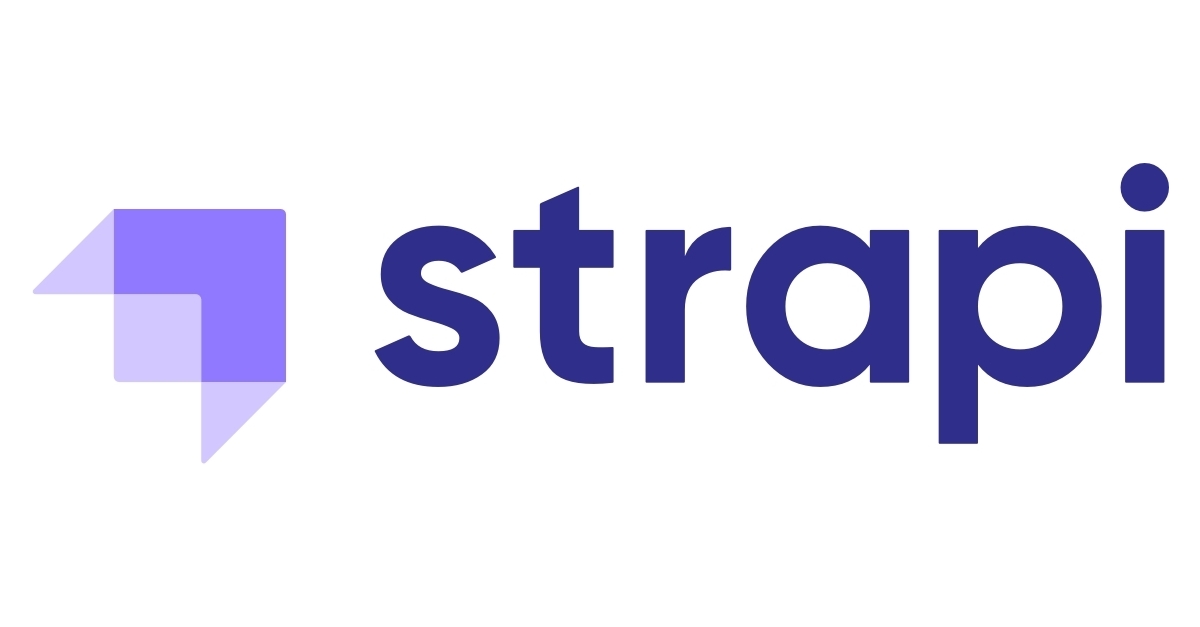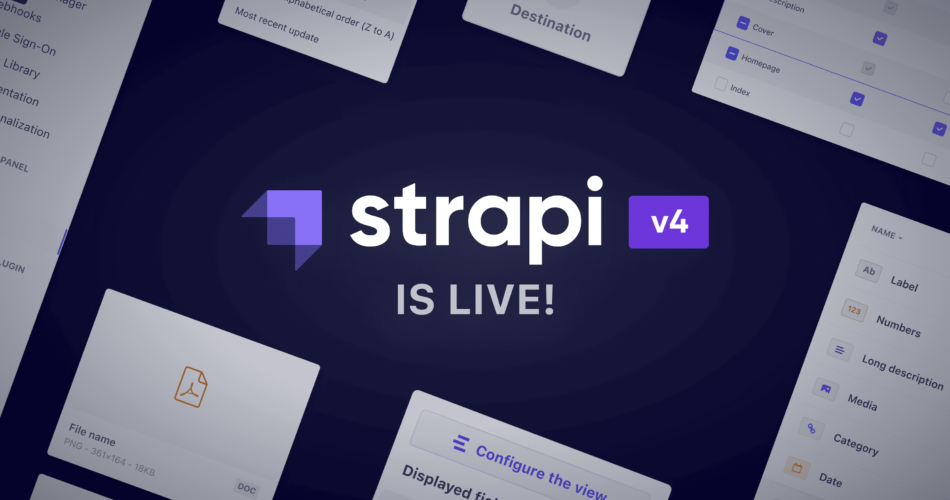As a part of the tech industry, you must know about the sudden rise in the use of headless CMSs. In this blog, we will discuss one such headless CMS that is Strapi. After its popularity, you may have pondered about using it or made a comparison of monolithic CMSs to Strapi headless CMSs. You will be able to understand What is it and Why You Should Use it? through this blog.

Also Read: How to print quotation marks in python?
What is Strapi?
As mentioned above, Strapi is a headless CMS used for the creation of websites, mobile applications, APIs, and eCommerce sites. You will be able to create an API without much knowledge about the backend or databases. The system will create APIs on the basis of content models automatically, through which you can easily view data in the CMS with Strapi examples. Some of its features are as follows:
- It is an open-source headless CMS that will use an API for linking your front end to its backend.
- This is a free-of-cost and developer-friendly open-source service.
- You can learn to use it very easily and can get to it within minutes.
- You can use it with Vue, Nuxt.js, Next.js, Angular, Svelte, react, TezJS, Sapper, and Flutter.
Why should you use Strapi?
We recommend you use this headless CMS because it will make it simple in getting new greenfield projects running. The designers and UX experts can easily make use of new tools without considering all restraints of the past. They will be able to let loose their full creativity once and for all. In conclusion, you will get all the flexibility in using future technologies. There will be no need to rewrite the entire codebase just for a few edits.
Creating the first API in Strapi

Firstly, you have to create a folder with the name Strapi and two directories inside it. Then name the directories frontend and backend, respectively, for the creation of a Strapi API. React, TezJS, Angular, Nuxt, Vue, etc will be available in the frontend folder. On the other hand, you will install Strapi in the backend folder.
- Firstly, visit the code editor and type the command given below:
backend cd- This command will change the current directory to the backend folder.
- It’s time to add the Strapi backend to your project now.
--quickstart npx create-Strapi-app- As an alternate option, you may use yarn.
--quickstart yarn build Strapi-appThis command will help you in installing Strapi in your project. With the help of ‘./’ in the script, the Strapi bootstrap can easily install in the current folder. Lastly, You can make it run simply by using -- quickstart flag.
Advantages and disadvantages
Advantages of Strapi:
The benefits of using it are many so, let’s dive deep into it:
1. Flexible and convenient
Firstly, you can operate and understand it very easily. This is because of its consumer-friendly UI and its ready usage. Additionally, there are configurable plugins through which you can customize it according to your specific needs. It co-occurs with an ORM that will help you in creating simple or difficult content types. You can do so without coding and even if you don’t know how to use WordPress.
As mentioned before, it has a very flexible architecture for backend developers along with the ability to integrate third-party libraries such as Koa and AngularJS 4. It will also come in handy if you want to create a more sophisticated project, as it is extremely adaptable.
2. Open-source and free of cost
It is not only free of cost but you can also it easily on GitHub. Everything on your dashboard will be spot on so you don’t have to look for alternatives. Also, you won’t have to spend time on upgrades or licenses since it always uses the recent version of Node.js. So, there will no issues regarding compatibility. The developer community is also great that always contributes to improving and expanding the capabilities of the platform.
3. Plugins at Your Fingertips

In addition to its amazing community, it has a great collection of plugins. You can use it easily to put on your new or old app. There are various unique plugins like LDAP compatibility, Google Analytics integration, Swagger integrations, etc. setting it apart from other CMS platforms. Also, you will be able to create your own plugin within a few minutes.
Disadvantages:
1. Limited TypeScript support
It is a shame that Strapi does not support TypeScript out of the box as it is a breakthrough technology. This may hinder the experience of advanced users working on big or complicated projects. But it can be quickly restored through a plugin in the npm repositories.
2. Continuous updates
It is an evolving tool hence the continuous updates. The stable version of Strapi receives changes weekly that you have to keep track of otherwise the platform may break unexpectedly. This is basic for most of the open-source tools nowadays but it can still make some developers uneasy who like stable software.
3. Not completely Open source and free
The Open source and free-of-cost versions of Strapi are not perfect. But there is a Pro version available with various other abilities like custom plugin support and professional assistance with priority email access.
Conclusion
in conclusion, we can only that Strapi is an amazing tool if you want to create modern, quick APIs that update in real-time. You can use it freely under the MIT license without any restriction whatsoever which is rare in today’s world. We hope that through this blog you found that Strapi is just what you require because of its easy setup process and detailed instructions. Thank you!
